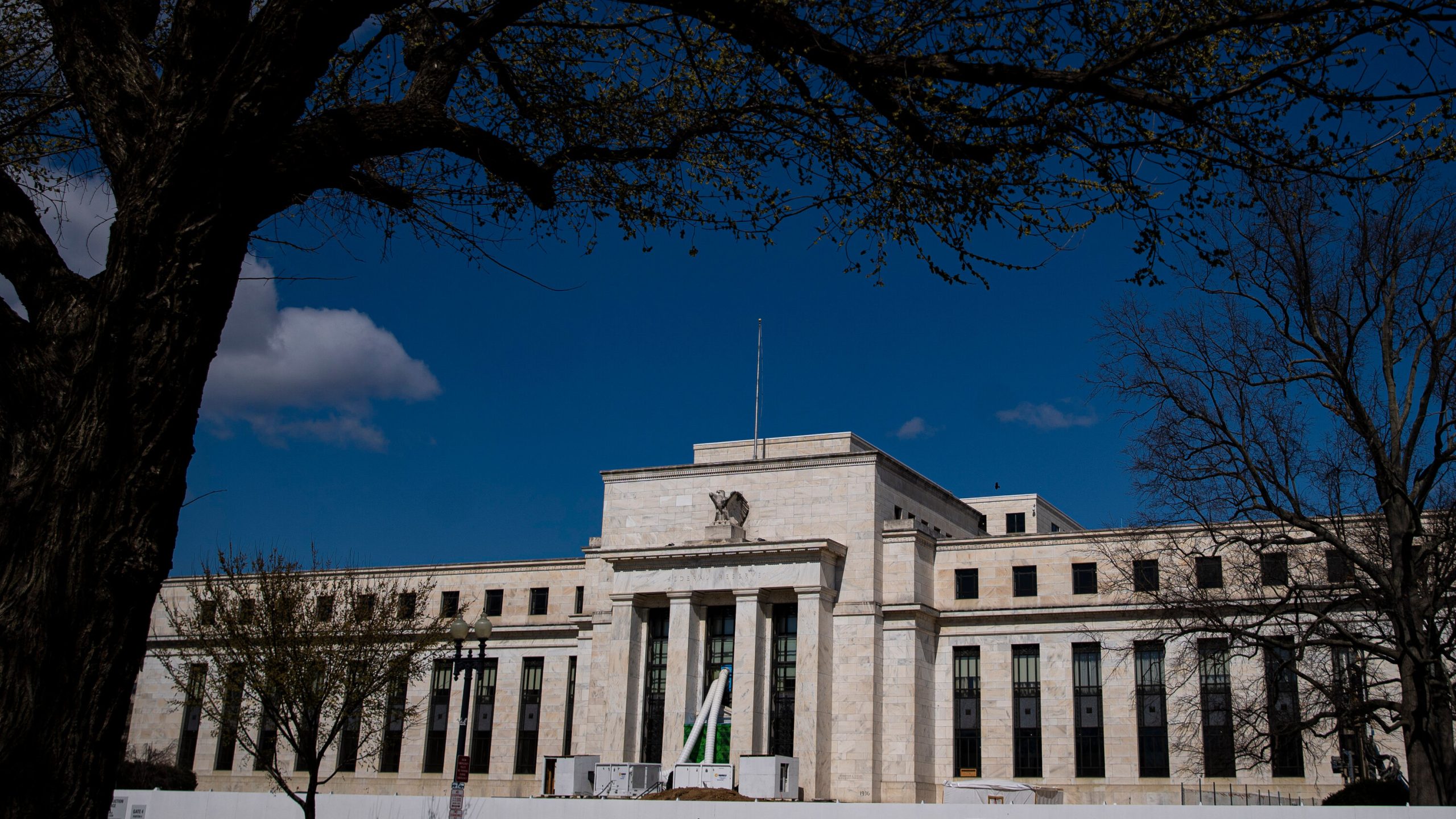According to the Federal Reserve, all 23 U.S. banks subjected to the annual stress test successfully navigated a severe recession scenario, maintaining their lending activities to individuals and businesses.
Despite projected losses of $541 billion for the group, the banks managed to maintain minimum capital levels and continued to extend credit to the economy during the hypothetical recession, as stated by the Federal Reserve in a release.
Initiated as a response to the 2008 financial crisis, which was partially attributed to the actions of reckless banks, the annual stress test conducted by the Federal Reserve determines the amount of capital that the industry can distribute to shareholders through buybacks and dividends.
In this year’s examination, the banks were subjected to a “severe global recession,” which included a 10% rise in unemployment, a 40% decrease in commercial real estate values, and a 38% decline in housing prices.
Following the recent collapse of three mid-sized banks, there has been increased scrutiny on the banking sector. However, it’s worth noting that smaller banks are not subjected to the Federal Reserve’s stress test. The test primarily focuses on major institutions such as JPMorgan Chase, Wells Fargo, international banks with significant U.S. operations, and prominent regional players like PNC and Truist.
Clearing the stress test hurdle no longer serves as an unequivocal “all clear” signal as it has in previous years. In the upcoming months, regional banks can anticipate heightened regulations due to the recent failures, and stricter international standards are likely to lead to higher capital requirements for the nation’s largest banks.
Clearing the stress test hurdle no longer serves as an unequivocal “all clear” signal as it has in previous years. In the upcoming months, regional banks can anticipate heightened regulations due to the recent failures, and stricter international standards are likely to lead to higher capital requirements for the nation’s largest banks.
According to the Fed, a significant portion of the projected losses amounting to $541 billion came from loans, accounting for 78% of the total. Trading losses at Wall Street firms contributed to the remaining losses. The rate of loan losses varied among the banks, ranging from 1.3% at Charles Schwab to 14.7% at Capital One.
Credit cards emerged as the most challenging loan product during the examination, with an average loss rate of 17.4%. Commercial real estate loans followed with the next highest average loss rate of 8.8%.
Goldman Sachs’ card portfolio exhibited the highest loss rate of nearly 25% among card lenders during the hypothetical downturn, surpassing all other loan categories across the 23 banks. Capital One followed closely with a 22% loss rate. The increasing losses in Goldman’s consumer division, primarily attributed to provisions for credit-card loans, compelled CEO David Solomon to shift away from the retail banking strategy.
During the hypothetical recession, regional banks experienced a decline in their total capital levels from 12.4% to 10.1%.
However, this average figure masked the significant impact on capital seen by banks with higher exposure to commercial real estate and credit-card loans, which serve as a buffer for potential loan losses.
Regional banks such as U.S. Bank, Truist, Citizens, M&T, and Capital One, with a focus on credit cards, had the lowest stressed capital levels in the exam, ranging from 6% to 8%. Although these levels still exceed current standards, they could become a consideration if forthcoming regulations require the industry to maintain higher capital levels.
According to a research note by Jefferies analyst Ken Usdin, big banks outperformed regional and card-centric firms in the stress test. Usdin stated that Capital One, Citigroup, Citizens, and Truist could potentially face significant increases in required capital buffers following the exam.
Analysts anticipate that banks will reveal their revised buybacks and dividend plans on Friday, after the regular trading session concludes. Considering the uncertainties surrounding future regulations and the potential risk of an impending recession, analysts expect banks to exercise caution and adopt a relatively conservative approach with their capital plans.
Source : cnbc.com







